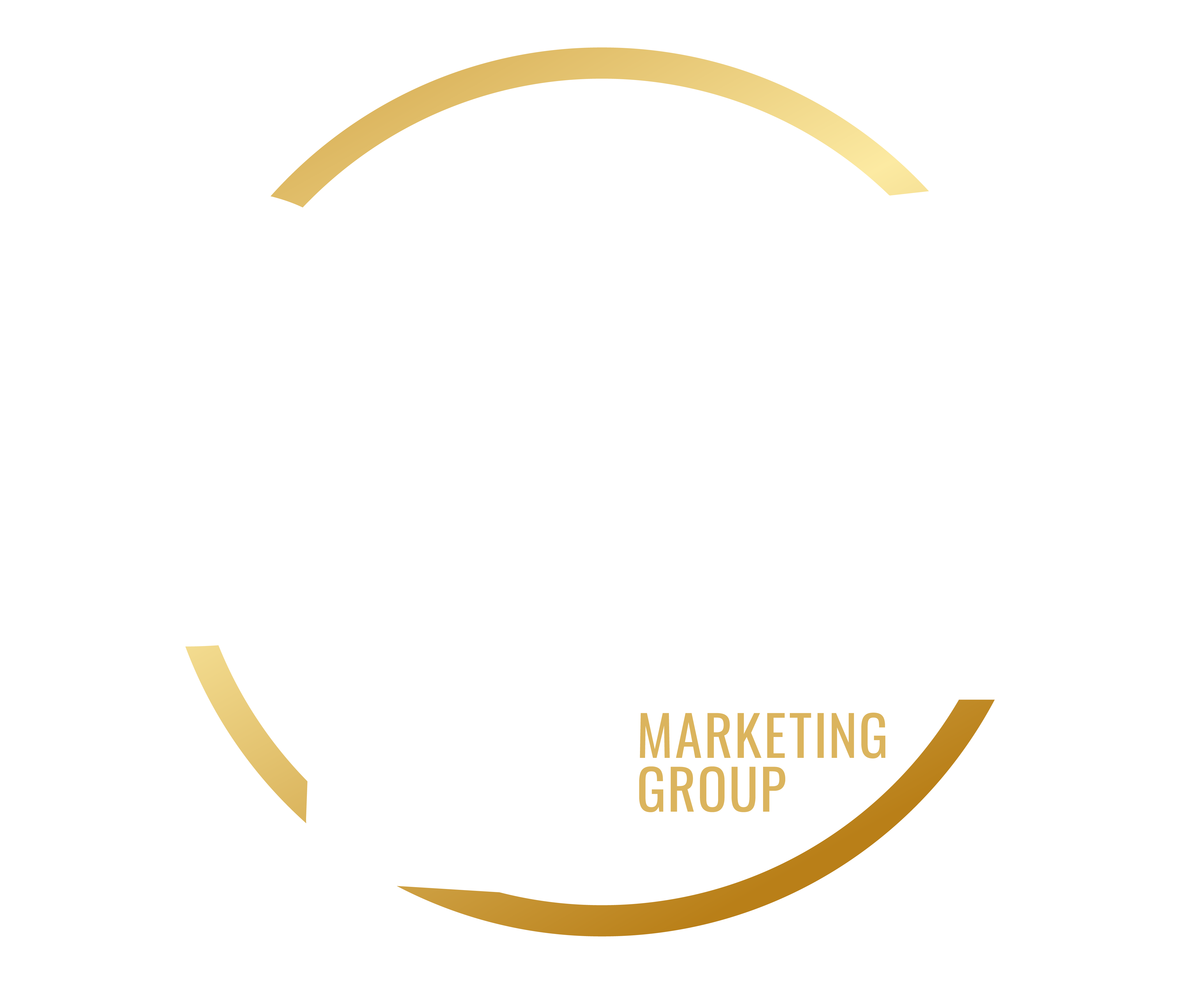Your career is more than just a series of jobs—it’s a journey. Whether you’re just entering the workforce or looking to transition, knowing where you’re headed can make all the difference.
Without a clear plan, it’s easy to feel stuck, overwhelmed, or unsure of your next move.
That’s why learning to create a career map is so valuable. Having one will help you define your goals and make intentional decisions along the way.
Read below as we explore the best steps for creating a career map.
Quick Highlights:
- Career planning gives you direction. A clear map helps you stay focused, motivated, and intentional about your next steps.
- Define success on your terms. Understand your values, strengths, and passions to build a personalized career vision.
- Explore different paths. Research roles, industries, or entrepreneurial options that align with your goals.
- Set SMART goals. Break down your vision into specific, measurable, achievable, relevant, and time-bound milestones.
- Close skill gaps strategically. Identify areas for growth and create a plan to build the experience and knowledge you need.
- Build a flexible timeline. Organize your goals by quarter or year—but leave room for adjustments.
- Review your plan regularly. Revisit your map every 6–12 months to reflect, adjust, and stay aligned with your vision.
- Seek support. Surround yourself with mentors, peers, and accountability partners to stay encouraged and on track.
- Let your map guide your daily actions. Use it to make smart decisions about work, development, and opportunities.
Why Is Career Planning Important?
Before diving into how to create a career map, it’s essential to understand why planning is important, especially early in your journey.
Here’s why:
- Direction and clarity: A career map gives your goals structure. It helps you avoid wasting time on roles or tasks that don’t support your overall vision.
- Increased motivation: Knowing what you’re working toward makes it easier to stay motivated, even when the work is challenging or progress feels slow.
- Better decisions: With a clear plan, you can evaluate new opportunities based on how well they align with your goals, rather than making choices out of fear, impulse, or confusion.
- Professional growth: Career planning encourages you to seek experiences, mentorship, and education that directly fuel your advancement.
Simply put, mapping out your career lets you work smarter, not just harder.
Step 1: Define What Success Means to You
A successful career looks different for everyone. It could be reaching a leadership position, running a business, or making a positive social impact.
Take time to reflect on:
- Your values: What matters most to you—stability, creativity, independence, recognition?
- Your strengths: What skills come naturally to you? What have others praised you for?
- Your passions: What kinds of problems do you enjoy solving? What excites you about work?
Use these answers to build a personal definition of success. This becomes the foundation for your career map. Try writing a personal mission statement—a short paragraph that summarizes your overall vision. Refer back to it often as you plan to guide your decisions.
Step 2: Research Possible Career Paths
Once you have a vision of success, explore the different paths that could lead you there. For beginner professionals and entrepreneurs alike, this is about discovering what roles, industries, or businesses align with your goals.
Here’s how to start:
- Look at job descriptions in your target industry to understand typical skills, responsibilities, and required experience.
- Conduct informational interviews with people in roles you admire.
- Follow industry leaders on LinkedIn or other platforms to observe how their careers have evolved.
If you’re considering self-employment, identify the problems you want to solve and study how others in the industry are successfully addressing them. Doing so will help you understand the market landscape, spot opportunities, and shape a venture that aligns with your strengths and goals.
As you gather information, you’ll begin to see common milestones, challenges, and qualifications that shape your journey. Your research will help you build a realistic and informed map.
Step 3: Set SMART Goals
Now that you’ve explored your options, break your career path into SMART goals. These are goals that are:
- Specific
- Measurable
- Achievable
- Relevant
- Time-bound
Instead of saying “I want to be successful,” say:
- “I want to be a marketing manager in three years.”
- “I will launch my freelance design business by next summer.”
- “I’ll complete a project management certification by Q4.”
The key here is to break larger goals into more manageable steps. These will become checkpoints on your career map.
Example:
Goal: Become a sales director in five years
Milestones:
- Year 1: Build foundational sales skills and exceed sales targets
- Year 2: Take on leadership of a small team
- Year 3: Complete leadership training and mentor new hires
- Year 4: Lead larger initiatives and develop strategic plans
- Year 5: Apply for director-level roles or pursue internal promotion
Step 4: Identify Skill Gaps
Once your goals are clear, ask yourself: “What skills, experiences, or qualifications do I still need?”
Every goal comes with a learning curve. Mapping your skills gaps ensures you’re focused on closing them in a deliberate, strategic way.
- Technical skills: Do you need certifications, software expertise, or specific tools?
- Soft skills: How strong are your communication, leadership, or time-management abilities?
- Experience: Are there specific roles, projects, or achievements that will strengthen your profile?
List out the most critical areas to develop, and assign a plan to each—whether it’s a course, a mentorship opportunity, or a stretch project at work.
Step 5: Create a Timeline
A career map isn’t just a list of goals—it’s a timeline. Setting schedules gives structure to your growth and makes it easier to stay accountable.
- Organize your goals and milestones by year or quarter.
- Be realistic—don’t overload yourself with too many big goals at once.
- Build in flexibility. Your interests or circumstances may shift, and your timeline should be able to adjust accordingly.
You can use visual tools like a Gantt chart, spreadsheet, or digital planner to track your progress and update your map regularly.
Step 6: Revisit and Adjust Your Map Often
Even the best maps need updating. Your career path isn’t static—new opportunities, life changes, or shifts in your interests may lead you in a new direction.
Plan to revisit your career map every 6–12 months to:
- Reflect on progress and celebrate wins
- Reassess your long-term goals
- Add or adjust milestones
- Refresh your timeline
Think of your map as a living document. It’s okay to pivot—as long as you’re still aligned with your values and larger vision.
Step 7: Build a Support System
No one builds a great career alone. As part of your mapping process, intentionally seek out support from others. These include:
- Mentors: Find someone who’s walked a similar path. Their guidance can help you avoid common mistakes and boost your growth.
- Peers and colleagues: Share your goals with others who can encourage, challenge, and support you.
- Accountability partners: Consider teaming up with someone to check in on goals regularly.
- Online communities: Join LinkedIn groups, forums, or professional associations in your industry.
The more you surround yourself with people who support your journey, the more likely you are to stay on track.
Step 8: Align Your Actions with Your Career Map
A structured career map is only useful if it actively guides your day-to-day actions. Use it as a decision-making tool to stay aligned with your goals. For example, let your map influence:
- Which projects will you choose to take on
- What jobs or clients do you pursue
- How do you prioritize your time outside of work
- Where do you invest in personal or professional development opportunities
By aligning your daily choices with your vision, you turn planning into progress. Meanwhile, when faced with new opportunities or distractions, ask yourself: “Does this move me closer to my career goals?” If not, it may be time to re-prioritize.
Final Thoughts: Create a Career Map, Secure Your Future
Creating a career map isn’t about predicting the future—it’s about preparing for it with clarity and intention. When you take the time to define what success looks like for you, explore roles and paths that align with your vision, and break your goals into actionable steps, you give yourself a powerful advantage. Along the way, identifying your skill gaps, revisiting your plan, building a realistic timeline, and surrounding yourself with the right support will keep you focused and adaptable.
For more insightful tips like this, follow our team of experts at Brightside Marketing Group. We are committed to helping professionals and entrepreneurs build strategic careers with clarity and direction. Stay tuned for more practical guides on personal development, business growth, and lasting success.

